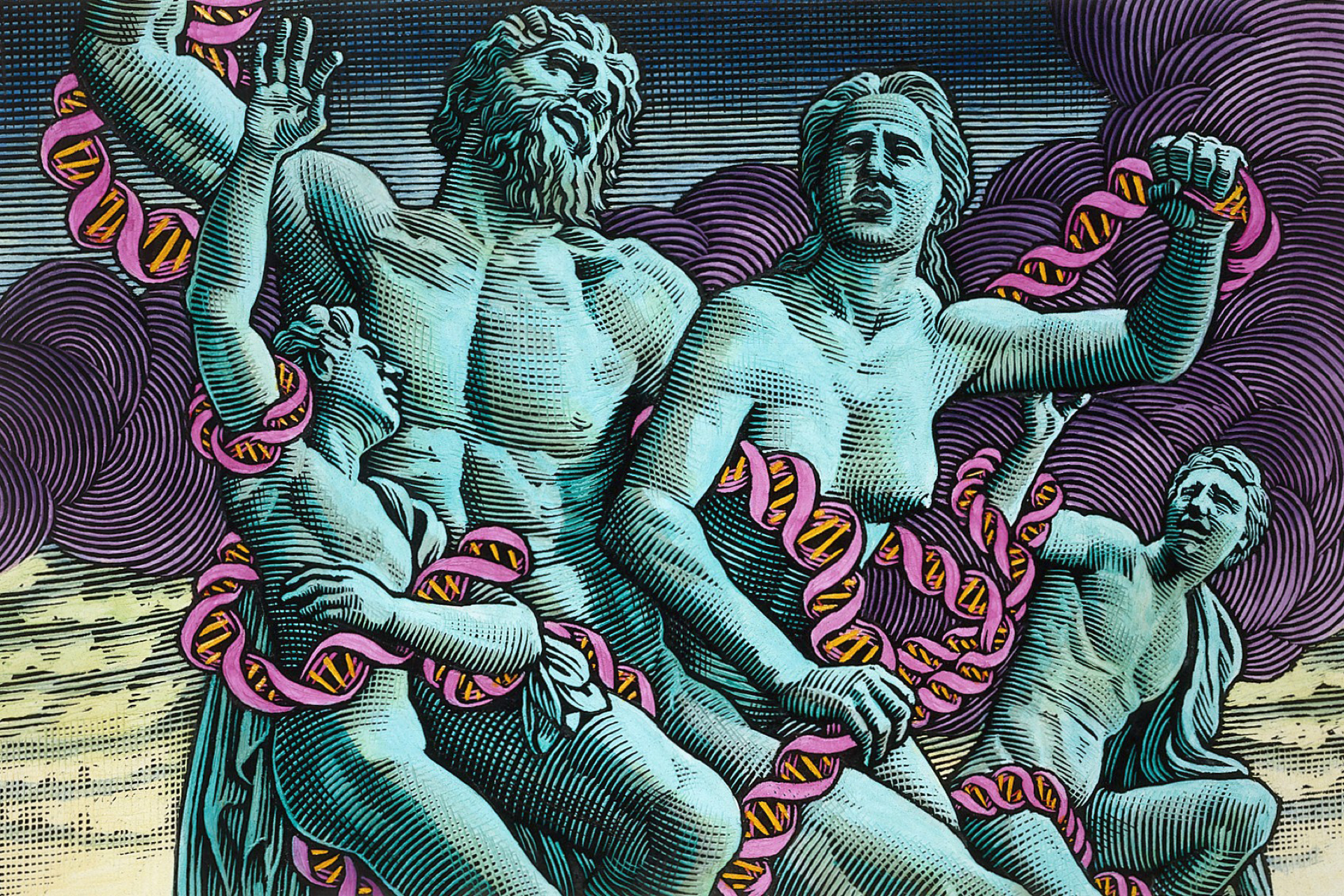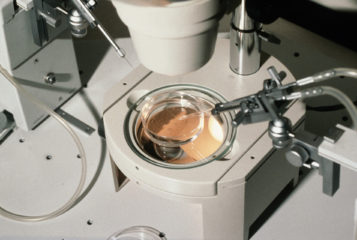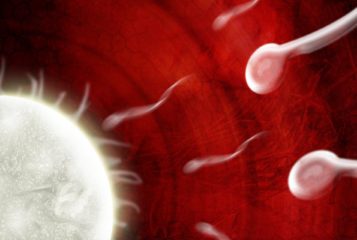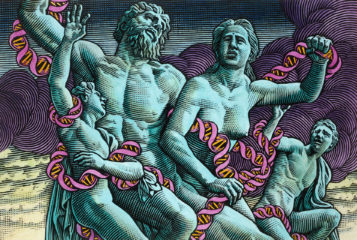More people than ever are accessing fertility treatment in the UK, according to a new report by the Human Fertilisation and Embryology Authority (HFEA).
The Fertility Treatment 2021: Preliminary Trends and Figures report shows a nine percent rise in in vitro fertilisation (IVF) cycles and 22 percent in donor insemination (DI) cycles since 2019. While 90 percent of IVF patients were in heterosexual relationships, the largest increases were seen among single people and same-sex couples.
'Overall, the new HFEA report paints a promising picture' said HFEA Chair Julia Chain (see BioNews 1195). It shows treatment numbers are back at pre-pandemic levels and thanks to improved clinical and laboratory practice, over time pregnancy rates are increasing.'
The biggest increase was observed in egg- and embryo-freezing storage cycles, growing by 64 percent and 30 percent respectively.
'The dramatic rise in the number of egg-freezing cycles could be linked to the pandemic. Restrictions on socialising may have prompted some women to think more about their fertile window, and decide to try to increase their reproductive choices,' said Sarah Norcross, director of the Progress Educational Trust (PET).
The report examined access to fertility treatments between 2019 and 2021. Despite the overall increase in procedures, the number of treatments provided by the NHS decreased. The criteria for NHS fertility treatments can vary by region and NHS trusts, with few single people and same-sex couples qualifying for NHS funding.
'There were just under 4000 fewer IVF cycles funded through the NHS between 2019 and 2021 so although more people than ever are having fertility treatment, our data shows that more people than ever are now also paying for it' said Chain.
'The 16 percent drop in the number of IVF cycles funded by the NHS between 2019 and 2021 is an extremely worrying trend. While some of this could be attributed to the pandemic, it is unlikely that all of it can. The fact that most people under 35 (63 percent) are having to fund their own fertility treatment, during a cost-of-living crisis and when mortgage rates are expected to soar, means that many will not be able to afford to have the chance of having a family,' said Norcross.
Sources and References
-
Fertility treatment 2021: preliminary trends and figures
-
Latest fertility data ‘paints promising picture’ but pandemic aftershocks may continue to be felt says UK regulator
-
'Dramatic rise' in number of women freezing eggs in UK
-
Fertility treatments on the up, but not via NHS as more opt for private pathway
-
Egg freezing surges after years of dating lost in lockdowns








Leave a Reply
You must be logged in to post a comment.